The Best Fertilizer For Tomatoes In
Title: The Best Fertilizer for Tomatoes in [Your Location]
Introduction:
Tomatoes are a delicious and versatile vegetable that can be enjoyed in many different ways. But in order to produce a bountiful harvest, tomatoes need the right nutrients. That's where fertilizer comes in.
Fertilizer provides tomatoes with the essential nutrients they need to grow strong and healthy. The best fertilizer for tomatoes will vary depending on a number of factors, including the type of soil you have, the climate you live in, and the variety of tomatoes you are growing.
In this blog post, we will discuss the different types of fertilizer available for tomatoes, as well as the best way to fertilize your plants. We will also provide some tips on how to choose the right fertilizer for your specific needs.
Main Content:
There are three main types of fertilizer that are commonly used for tomatoes:
- Nitrogen fertilizer promotes leaf and stem growth. It is especially important for tomatoes during the early stages of growth.
- Phosphorus fertilizer helps tomatoes develop strong roots and produce fruit. It is especially important during the flowering and fruiting stages.
- Potassium fertilizer helps tomatoes resist diseases and pests. It is also important for overall plant health.
The best fertilizer for tomatoes will contain a balanced mix of these three nutrients. A good rule of thumb is to use a fertilizer with an NPK ratio of 5-10-10. This means that the fertilizer contains 5% nitrogen, 10% phosphorus, and 10% potassium.
If you are growing tomatoes in a poor quality soil, you may need to use a fertilizer with a higher concentration of nutrients. For example, if your soil is sandy, you may need to use a fertilizer with an NPK ratio of 10-20-20.
The frequency with which you fertilize your tomatoes will also depend on the type of fertilizer you use and the climate you live in. In general, you should fertilize your tomatoes once a month during the growing season. However, if you live in a hot climate, you may need to fertilize more often.
To fertilize your tomatoes, simply mix the fertilizer with water according to the package directions. Then, water your plants with the fertilizer solution.
Tips for Choosing the Right Fertilizer:
- Consider the type of soil you have. If you have poor quality soil, you may need to use a fertilizer with a higher concentration of nutrients.
- Consider the climate you live in. If you live in a hot climate, you may need to fertilize more often.
- Consider the variety of tomatoes you are growing. Some varieties of tomatoes require more fertilizer than others.
- Read the labels carefully. Make sure to choose a fertilizer that is safe for use on tomatoes.
Conclusion:
By following the tips in this blog post, you can choose the best fertilizer for your tomatoes and ensure that they have everything they need to grow strong and healthy. With a little care and attention, you can enjoy a bountiful harvest of tomatoes all season long.
Are you looking for the best fertilizer for your tomatoes? There are many different fertilizers on the market, but not all of them are created equal. Some fertilizers are better suited for certain types of tomatoes, while others may not provide all of the nutrients that your plants need.
To find the best fertilizer for your tomatoes, it's important to consider the following factors:
- The type of tomatoes you are growing
- The stage of growth your plants are in
- The pH of your soil
- The climate you live in
Once you have considered these factors, you can start to narrow down your choices. A good place to start is by visiting Home Gardening. This website has a comprehensive guide to the best fertilizers for tomatoes, as well as information on how to fertilize your plants properly.
FAQ of best fertilizer for tomatoes
- What is the best fertilizer for tomatoes?
There is no one-size-fits-all answer to this question, as the best fertilizer for tomatoes will vary depending on the type of soil, the climate, and the specific needs of the plants. However, some general tips for choosing a fertilizer for tomatoes include:
* Look for a fertilizer with a balanced NPK ratio, meaning that it contains equal amounts of nitrogen (N), phosphorus (P), and potassium (K). Tomatoes need all three of these nutrients to grow and produce fruit.
* If your soil is poor or sandy, you may need to choose a fertilizer with a higher N content to help your plants grow more foliage.
* If your soil is rich and loamy, you may be able to get away with using a fertilizer with a lower N content.
* If you are growing tomatoes in containers, you will need to use a fertilizer that is specifically formulated for container plants.
- When should I fertilize my tomato plants?
Tomatoes should be fertilized regularly throughout the growing season. A good rule of thumb is to fertilize every two weeks, or once a month if you are using a slow-release fertilizer. You can start fertilizing your tomato plants as soon as they are transplanted into the ground or into pots.
- How much fertilizer should I use?
The amount of fertilizer you use will depend on the size of your plants, the type of fertilizer you are using, and the soil conditions. It is always best to start with a small amount of fertilizer and increase the amount as needed. Over-fertilizing can damage your plants, so it is important to follow the directions on the fertilizer label carefully.
- What are some organic fertilizer options for tomatoes?
There are many organic fertilizer options available for tomatoes. Some popular choices include:
* Compost: Compost is a great all-purpose fertilizer that provides tomatoes with the nutrients they need to grow and produce fruit.
* Bone meal: Bone meal is a good source of phosphorus, which is essential for root development and fruit production.
* Fish emulsion: Fish emulsion is a liquid fertilizer that is high in nitrogen, which helps to promote foliage growth.
* Worm castings: Worm castings are a natural fertilizer that is rich in nutrients and beneficial microbes.
- What are some common fertilizer mistakes to avoid?
Here are some common fertilizer mistakes to avoid:
* Over-fertilizing: Over-fertilizing can damage your plants and lead to nutrient burn.
* Using the wrong type of fertilizer: Using the wrong type of fertilizer for your plants can lead to nutrient deficiencies or toxicities.
* Not following the directions on the fertilizer label: It is important to follow the directions on the fertilizer label carefully to avoid over-fertilizing or under-fertilizing your plants.
* Fertilizing too often: Fertilizing too often can lead to nutrient burn or salt buildup in the soil.
Image of best fertilizer for tomatoes
10 different images of the best fertilizer for tomatoes that are free to use:
- Compost is a great all-natural fertilizer for tomatoes. It is high in nitrogen, phosphorus, and potassium, which are all essential nutrients for tomato plants. You can make your own compost or buy it from a garden center.
- Blood meal is another organic fertilizer that is high in nitrogen. It is made from dried blood, which is a natural source of nitrogen. Blood meal can be used as a side dressing or top dressing for tomato plants.

- Fish emulsion is a liquid fertilizer that is made from fish. It is high in nitrogen, phosphorus, and potassium, and it also contains other beneficial nutrients for tomato plants. Fish emulsion can be used as a foliar spray or a soil drench.
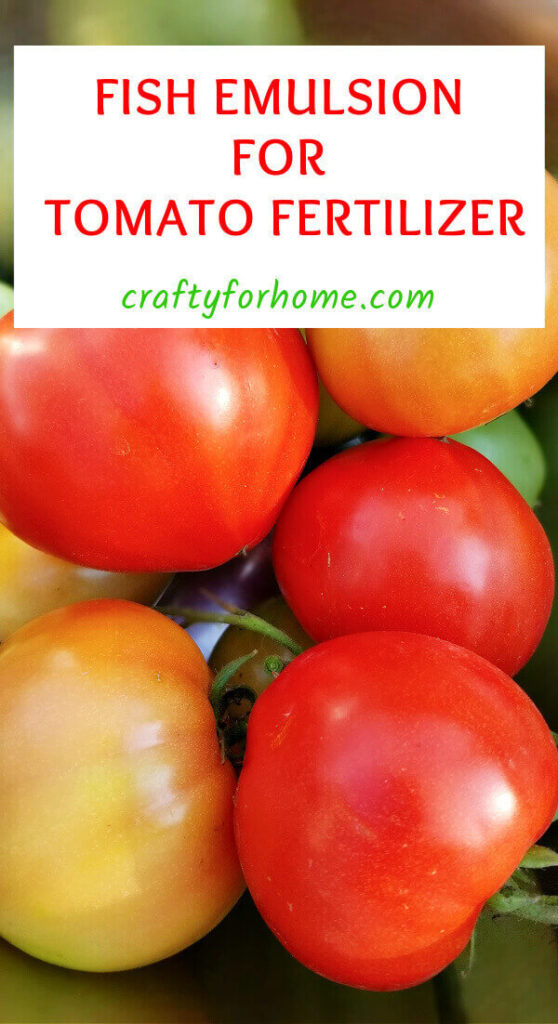
- Kelp meal is a great source of potassium, which is an important nutrient for tomato plants. It also contains other beneficial nutrients, such as magnesium, calcium, and iron. Kelp meal can be used as a side dressing or top dressing for tomato plants.
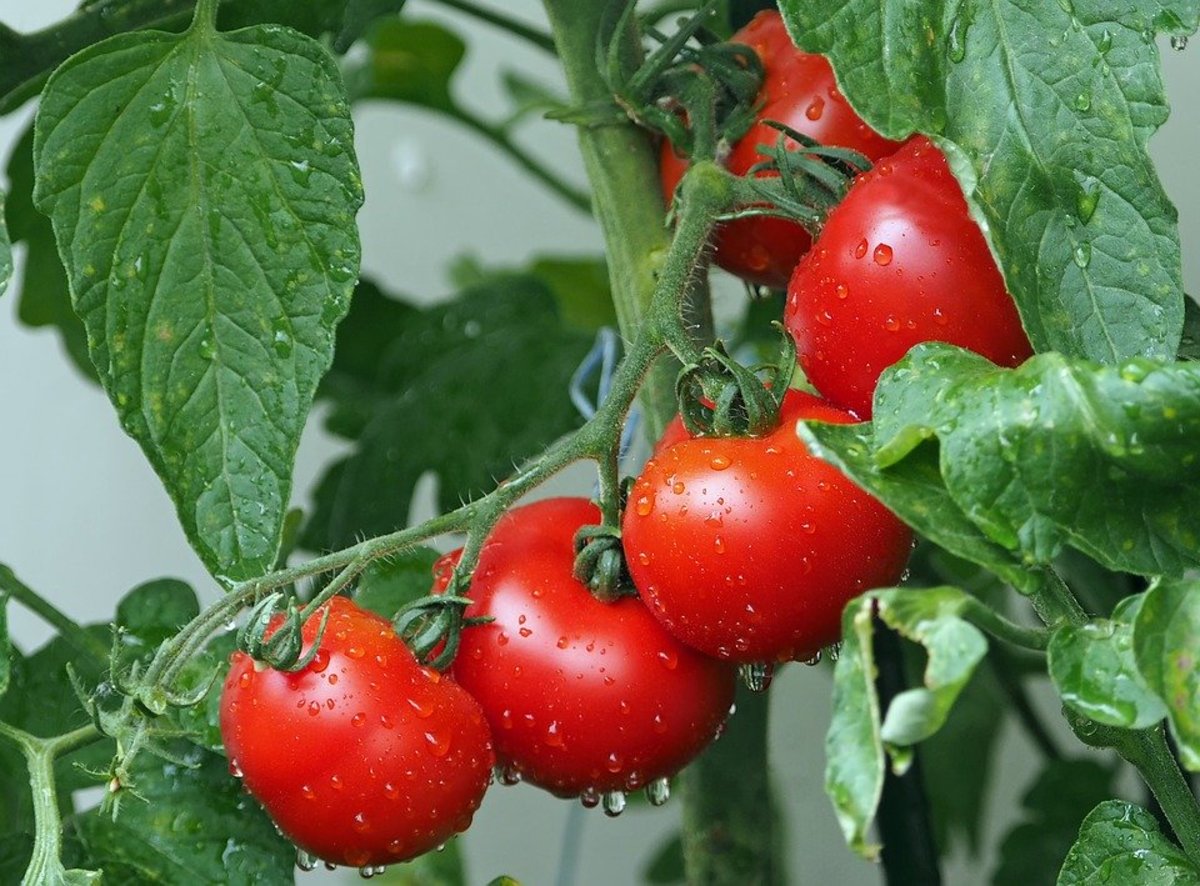
- Wood ash is a natural source of potassium and calcium. It can be used as a side dressing or top dressing for tomato plants. Wood ash should be used sparingly, as it can raise the pH of the soil.
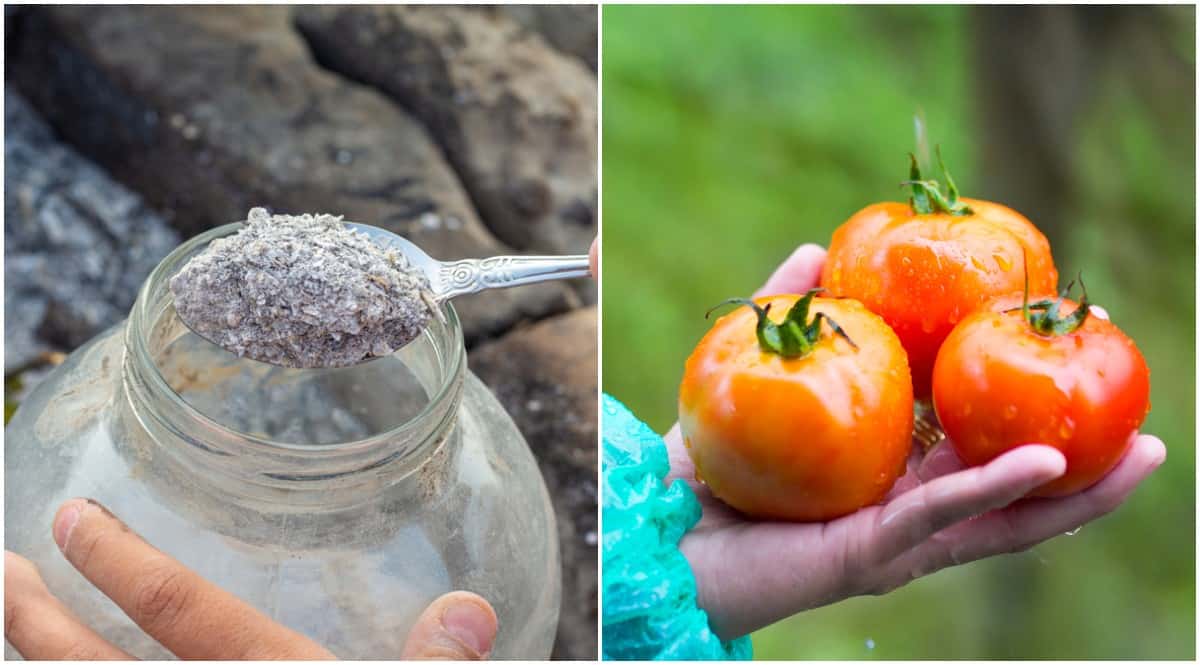
- Chicken manure is a high-nitrogen fertilizer that is also a good source of phosphorus and potassium. It is important to use composted chicken manure, as fresh chicken manure can burn plants. Chicken manure can be used as a side dressing or top dressing for tomato plants.
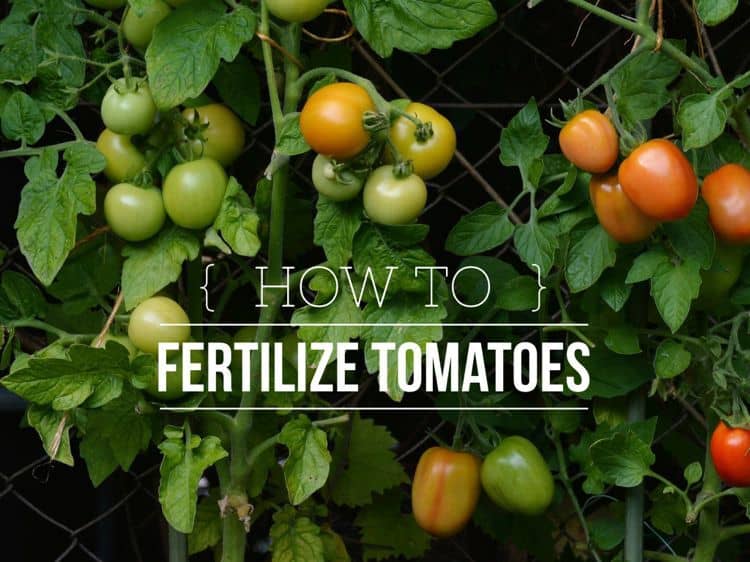
- Coffee grounds are a great source of nitrogen and other beneficial nutrients for tomato plants. They can be used as a mulch around tomato plants, or they can be added to the soil when planting. Coffee grounds should be used sparingly, as they can raise the acidity of the soil.
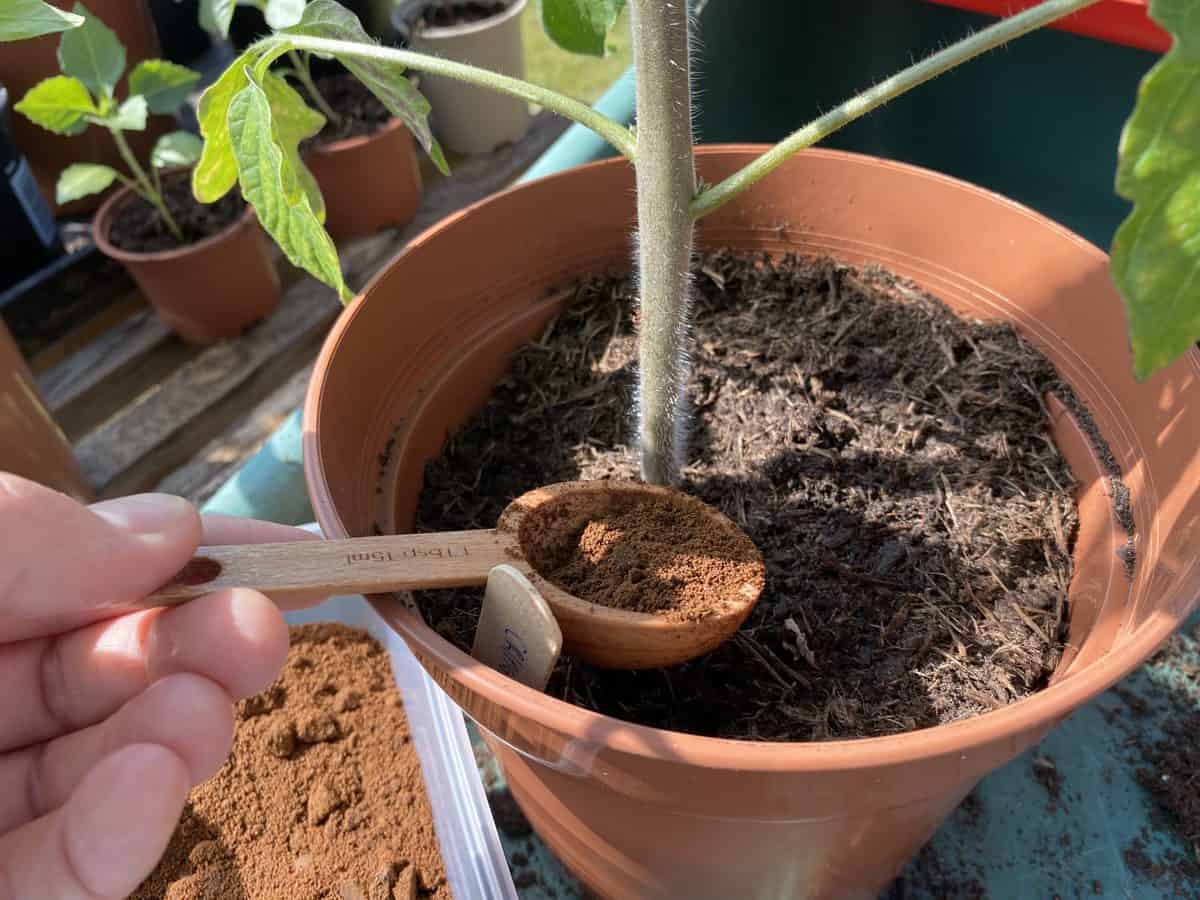
- Yard waste can be composted and used as a fertilizer for tomato plants. Yard waste includes grass clippings, leaves, and vegetable scraps. Composted yard waste is a good source of nitrogen, phosphorus, and potassium, as well as other beneficial nutrients.
- Watermelon rinds are a good source of potassium, which is an important nutrient for tomato plants. Watermelon rinds can be composted and used as a fertilizer, or they can be chopped up and added to the soil around tomato plants.
- Eggshells are a good source of calcium, which is an important nutrient for tomato plants. Eggshells can be crushed and added to the soil when planting, or they can be composted and used as a fertilizer.
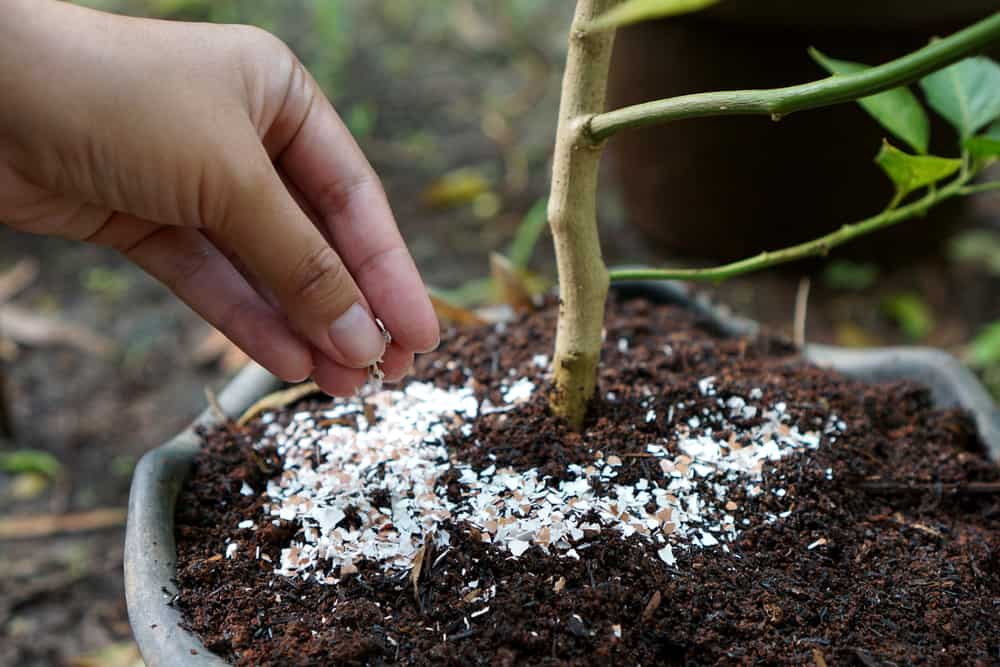

Post a Comment for "The Best Fertilizer For Tomatoes In "